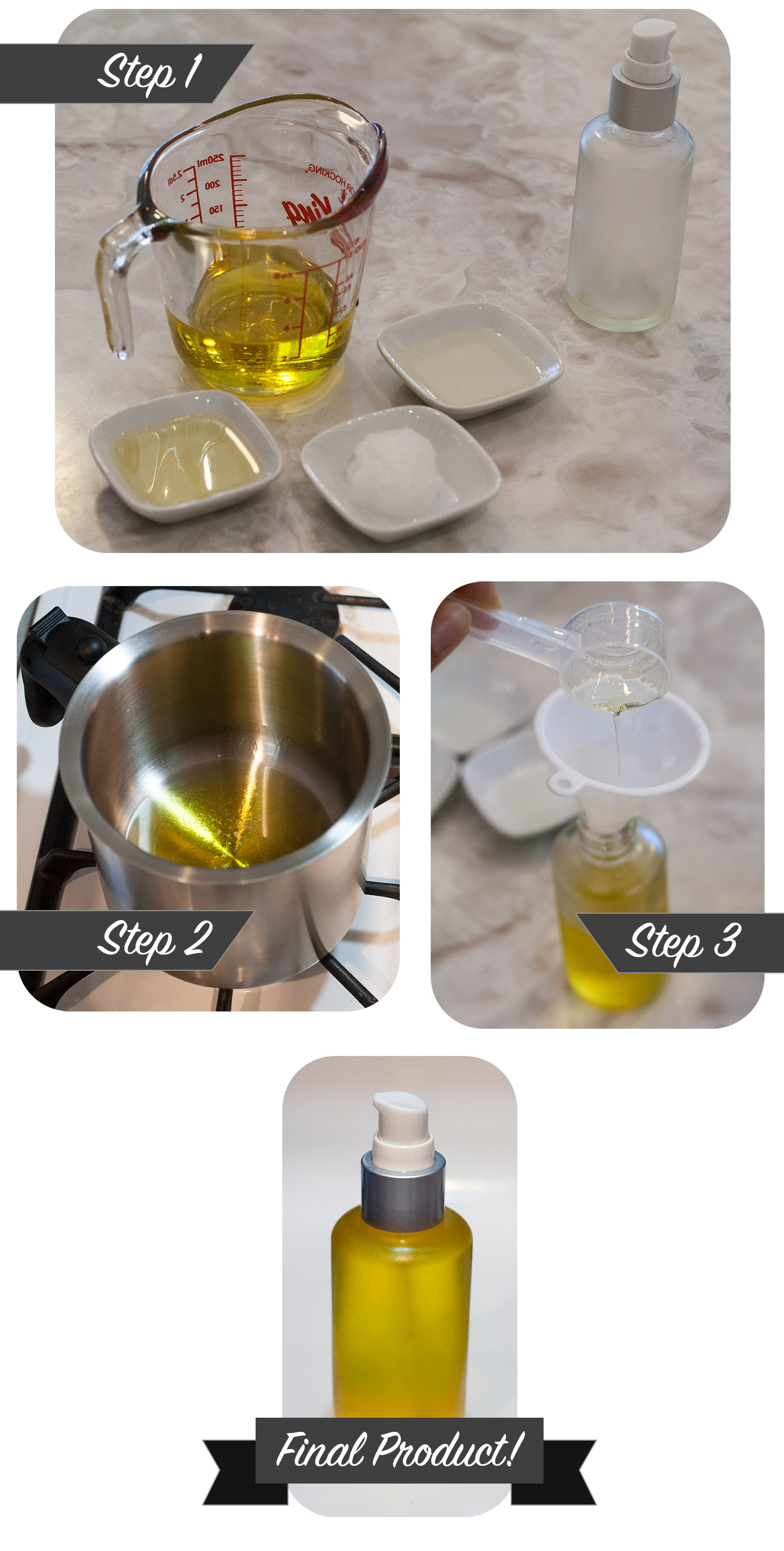An Intro to Oils for Skincare (and Oil Cleanser Recipe!)
There are a myriad of oils out there - each with its own special properties and effects on the skin. From the vast array of carrier oils and essential oils, it can be overwhelming to try to figure out which oils are best suited for your skin's concerns. In this post, I'll give an overview of why you first might want to look into an oil's oleic and linoleic acid levels, and how to make an oil cleanser (for the oil cleansing method) that will help heal your skin's concerns.
I switched to the oil cleansing method to clean my skin every night approximately 3 years ago, and haven't stopped since. At first, the idea of using oil on my (already oily) face didn't make much sense, but I learned that using the right kind of oil on your skin can help balance its sebum levels - oily skin gets less oily, dry skin can become more supple, and because a lot of acne forms due to an over-production and hardening of oil in your skin, by lessening this occurrence through balancing your skin with the appropriate oils, you can prevent acne!
So what to use for what skin concerns? Just follow the below!
| Use oils high in Linoleic Acid if you have skin that's: | Use oils high in Oleic Acid if you have skin that's: | ||
| Oils high in Linoleic Acid include: | Oils high in Oleic Acid include: | ||
Now, if you have combination or normal skin, then you'd look for oils that are already more balanced in their linoleic and oleic acid levels, such as sesame Oil (40%, 40%), or you can evenly mix an oleic and linoleic oil together, such as avocado oil and sunflower oil to create a more balanced cleansing oil!
It might take some trial and error to find the right oil mix for your skin type (remember, you are unique in your genetic makeup), but the above information should help you figure out what might work best.
So what about castor oil?
Castor oil is always recommended when doing the oil cleansing method. It's one of the few oils that will draw out toxins from the skin, which is needed after a day of wearing makeup or exposing your skin to air pollution, sweat, etc. But how much castor oil you use will be up to you. I found that even with oily skin, too much castor oil was too drying, so I only use a small amount in my oil cleanser.
Now on to the recipe!
Ingredients:
- Castor oil
- Your other chosen oils
- A clean, empty bottle to store your oil
Directions:
- Decide on your ratio of oils and map out your recipe (below, I'm using 5 parts sunflower oil, 1 part castor oil, 1 part coconut oil, and 1 part avocado oil).
- Mix your oils. If you're using solid-state coconut oil, soften it by mixing your oils in a double-boiler (like I am below), or in a bowl that's placed in another bowl with hot water.
- Pour your mixed oils into your bottle, and
- Voila! Your very own custom oil cleanser!
Now, if you've enjoyed this post, and plan on playing with oils to test out on your skin, leave us a comment below on what skin type you think you have, any issues you face (oily, dry, acne, etc), and what oils worked best for you!
Happy experimenting!
Teenna

